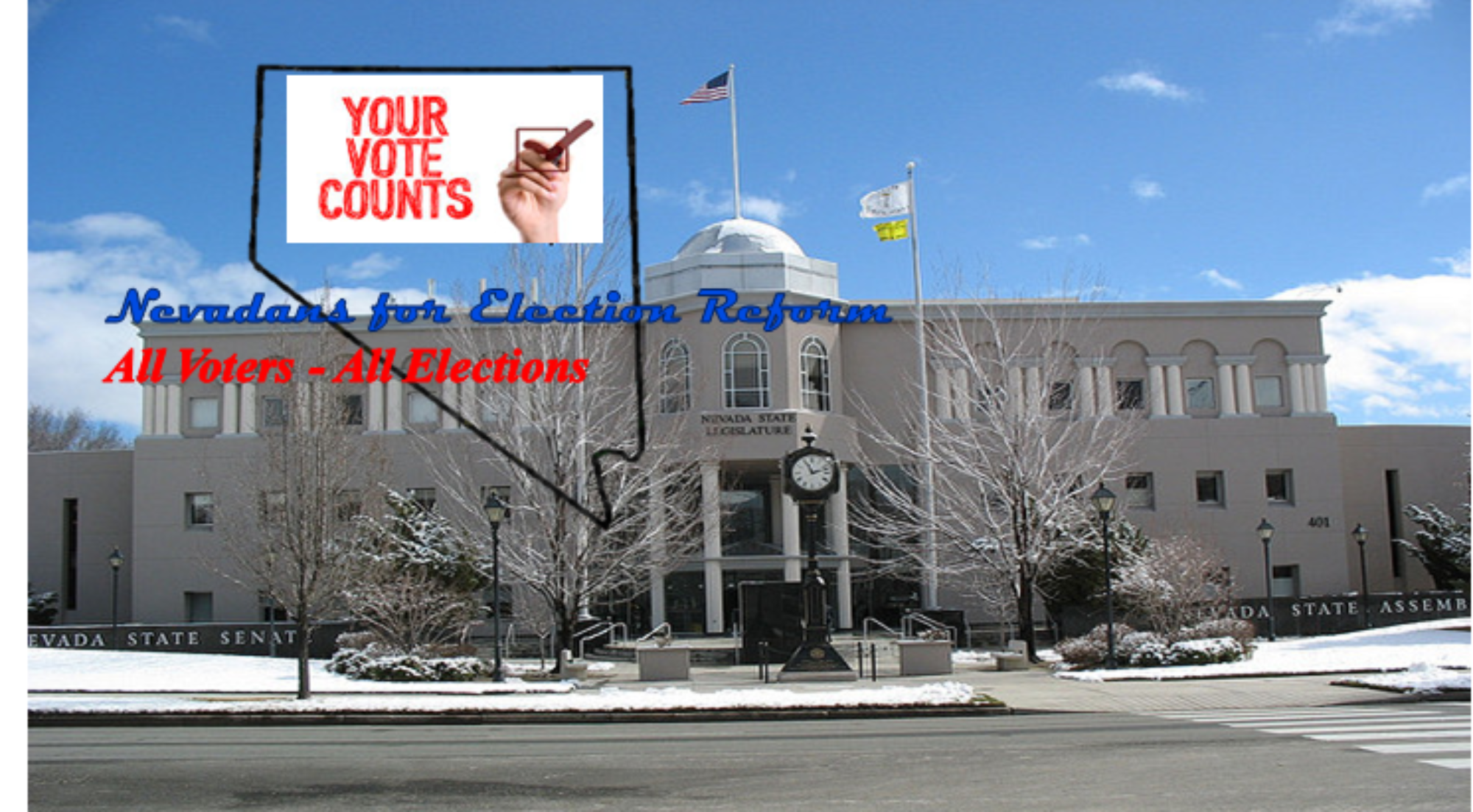On October 30, 2014, the Bipartisan Policy Center (BPC) hosted a panel discussion, “By the Numbers: What the Midterms Mean for a Polarized America.” The hour and a half discussion, worth the time to watch, further highlights the partisan divide that exists and the likelihood that nothing will change following the November 4th election.
The panelists for this discussion were Whit Ayres, Founder and President, North Star Opinion Research; Mark Mellman, Founder and President, The Mellman Group; Amy Walter, National Editor, The Cook Political Report. The panel focused on what party would control Congress following the election and how the results will impact the partisan divide in this country. Discussion included how national politics and PACs are increasingly impacting local campaigns, elections, and law making.
As with the BPC report, “Governing in a Polarized America: A Bipartisan Blueprint to Strengthen our Democracy”, released in June of this year and reported on this blog, this panel discussion further highlights the need for the Nevada Election Modernization and Reform Act (NEMRA) to be part of the upcoming Nevada legislature session.
Some highlights of the panel discussion:
· Polarization and partisanship will continue unless the president can duplicate the Clinton model; sincerely work with both sides to reach consensus and achieve results
· Tip O’Neill’s “All politics is local” no longer applies. National issues such as Obamacare, abortion, and immigration reform along with national PACs and Super PACs have found their way into state and local races where those issues have nothing to do with the elected position being sought or issues facing the city, county, or state (Yes, in Nevada too)
· Substance of the debate is not important, party label is the driving factor. Witt Ayers referenced a poll done in 2013 on education. The question presented began with identifying which party was presenting the plan. The first iteration found Democrats supported the plan identified as the Democratic plan and Republicans supported the plan identified as the GOP plan by over 70 percent. The second iteration did not change to substance of the plans but simply swapped party label; the plan identified as the Democratic plan was now introduced as the GOP plan and the GOP plan as the Democratic. The results were identical.
· The impact of partisanship over many aspects of our daily lives is hurting the process of governing. Party label overrides policy and lack of policy discussion keeps turnout low
· Partisanship forces candidates to take extreme positions during the primary that may be difficult to overcome during the general election. The Kansas U.S. Senate race where Republican Pat Roberts has to overcome that obstacle in his race against Independent Greg Orman was cited as an example. The 1974 Senate race between Bob Dole and Bill Roy was also mentioned as the driving force behind Dole achieving the success he did.
· State legislatures are mirroring Congress. No one wants to take the necessary risks to solve issues in fear of losing political points
· While some elected leaders want to collaborate on legislation, mirroring a recent NBC / Wall Street Journal poll on voter preference for compromise, party organizations and vocal base are not willing to take that path. Those elected as a result of this level of partisanship and low turnout move forward under a false belief of having a mandate
The broken legislative process can be fixed. Nevada legislators can take the lead by allowing NEMRA to be debated and voted upon during the 2015 legislative session. December 10, 2014 is the next deadline for Bill Draft Request (BDR) submissions.
